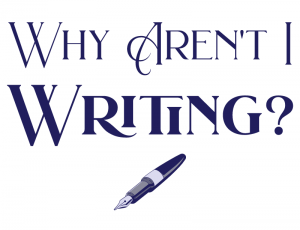If you’ve been reading here a while, you’ll know that I have an unhealthy fascination with numbers, particularly the sales and download numbers for Argleton. Talking about download/sales numbers on Twitter today, I realised that there are various different ways you can finagle numbers and wondered what the results might tell us. So I had a bit of a noodle to see what would come out. Comments welcome!
Sales:Free Download Ratio
My overall sales:free download ratio for the last ten months is 1:21, so for every 21 books downloaded for free, one copy is sold. But that includes early months with poor sales. If I look at October last year, when free downloads were high and sales low, it’s 1:449, whereas last month free downloads were down and sales were up, and the ratio was 1:5. The average for this year so far is 1:10, but for three of the first five months it was 1:12.
Now, in a way, this is a false comparison, because the free downloads are from here and the sales are from Amazon, so those are very different channels and potentially very different audiences. But does this tell us anything? Well, I think that over time it will tell me whether download numbers and sales are related, ie does more downloads mean more or less sales? Right now, numbers are all over the place so it looks as if the two aren’t strongly related.
Mean Sales Velocity
‘Sales Velocity’ is basically your sales per month (the analogy here is ‘meters per second’ of course). I started off calculating the Mean Sales Velocity by summing the sales totals for each month and dividing it by the number of months elapsed this year so far.
That gave a bit of a messy set of numbers, so instead I did a six month rolling mean which gave me a much more sensible progression, increasing each month.
Why take the mean of your sales per month? Well, it just evens out the bumps in your monthly figures and gives a slightly better impression for how you’re doing overall. It would be easy to get fixated on a particularly good month, or a particularly bad one, but the Mean Sales Velocity will give you a steady view of how sales are trending.
Sales Acceleration
If we have a velocity, we can also have an acceleration, which is the rate of change of velocity over time. So Sales Acceleration is the change in Sales Velocity divided by the change in time. Given that I’m doing everything in months, my month-on-month Sales Acceleration is essentially the same as the simple change in Sales Velocity (sales per month).
My Sales Acceleration is, as you might expect, up and down like a mad thing, reflecting wide month-on-month variation in sales. At the moment, this isn’t really a helpful metric.
Percentage Sales Acceleration
Is there a way to make Sales Acceleration a bit more meaningful? The absolute figure is interesting, but if we had a percentage increase, that might tell us a more useful story, enabling us to compare months more easily. Again, you don’t want to get distracted by big peaks or troughs, you want to look at the variation with more of an even hand.
Sadly, this year’s figures fluctuate wildly, so my Percentage Sales Acceleration varies from -55 to 50. With a bit more time and data, I’d be looking for a positive number that was increasing in size.
And?
Well, I do love fiddling round with my spreadsheets, so this has all been a fun diversion, but does it really tell me anything useful? Within limits, I think yes. It gives me a clearer idea of trends, and helps prevent distraction by anomalously high or low months. It also gives me an idea of the magnitude of my trends. I can answer questions like, Are sales growing? Are they growing fast or slowly? Or fluctuating? Are there any particularly steep increase in sales or is it just plodding along?
Once you answer questions like that, you can start to look for links with, say, promotional activities to see if they are having an impact or not. For example, my promotion of the Queen of the May Kickstarter project had a positive effect on Argleton sales, bumping sales by 46%. And my recent inclusion in the Amazon “Customers also bought” recommendations has caused another bump of 50%.
It’s very hard to directly relate things like promotional activities to sales because of Amazon’s lack of referrals data, but we can infer effects based on sales data, even if it isn’t as granular as I’d like. It would be interesting to see daily figures, but oh well.
In conclusion, I’ll likely keep doing the maths, especially now I have my spreadsheet set up to do it automatically.




